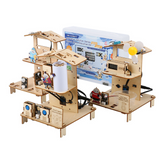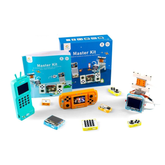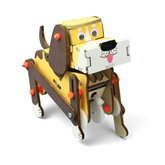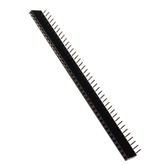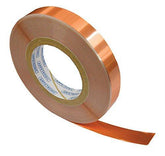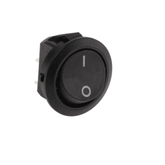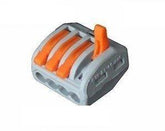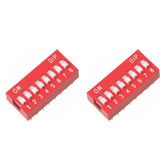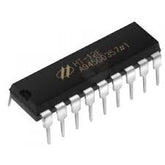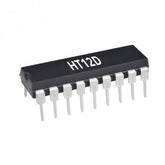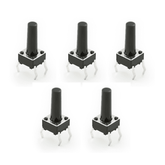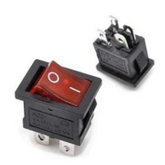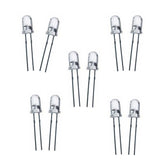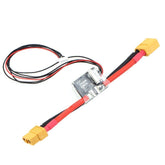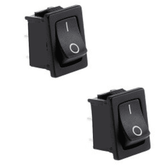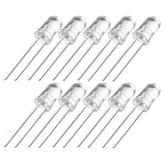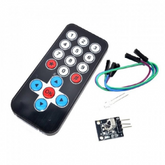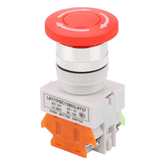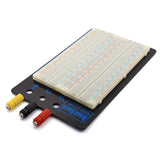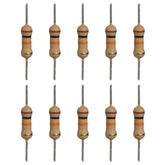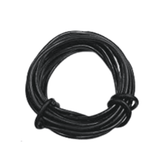-
1x40 2.54mm Pitch Female Berg Strip Header (Right Angle)1x40 2.54mm Pitch Female Berg Strip Header (Right Angle) This is a 40x1 right angle Female Berg Strip connector which has the industry-standard spacing of 2.54mm and is designed for soldering directly into printed circuit boards (PCB). They are supplied Best for the extension...
- Rs. 24
Rs. 34- Rs. 24
- Unit price
- per
Save Rs. 10 -
10mm Conductive Copper Tape Adhesive10mm Conductive Copper Tape Adhesive This is a 10mm conductive adhesive tape that is manufactured from copper material. The copper material of the adhesive tape provides great conductivity and can be used for conduction in DIY projects. The tape is solderable, resists oxidation and...
- Rs. 290
Rs. 399- Rs. 290
- Unit price
- per
Save Rs. 109 -
Matrix 16 Button Keypad Module (4x4 Keypad)Matrix 16 Button Keypad Module (4x4 Keypad) The 4 X 4 Matrix Keypad (RM0947) is a very simple one from have 16 tactile keys connected to the male headers across the resisters on the same board. It is very small and easy to carry....
- Rs. 42
Rs. 59- Rs. 42
- Unit price
- per
Save Rs. 17 -
3A 250V AC SPST ON-OFF Round Rocker Switch3A 250V AC SPST ON-OFF Round Rocker Switch This is a basic On/Off SPST Rocker Switch for your projects. No screws required, it simply clips into place. This is a two-pin switch that is easy to use, simply cut one of the two power...
- Rs. 25
Rs. 34- Rs. 25
- Unit price
- per
Save Rs. 9 -
4 Pin Push in Conductor4 Pin Push in Conductor The 4 Pin lever nuts connector is designed with a rated voltage of 400V and an impulse voltage of 4KV. The 4 pin lever nuts compact connector is manufactured with a modified nylon (PA66) and phosphor copper is used...
- Rs. 31
Rs. 41- Rs. 31
- Unit price
- per
Save Rs. 10 -
8 Way Slide Switch 2.54mm Pitch (Pack of 2)8 Way Slide Switch 2.54mm Pitch (Pack of 2) 8 Way DIP switches for reliable operation by secure snap-in. DIP Switch Used on a printed circuit board along with other electronic components and is commonly used to customize the behavior of an electronic device for specific situations. Widely...
- Rs. 29
Rs. 34- Rs. 29
- Unit price
- per
Save Rs. 5 -
HT12E Encoder ICHT12E HT12E is an encoder integrated circuit of 212 series of encoders. They are paired with 212 series of decoders for use in remote control system applications. It is mainly used in interfacing RF and infrared circuits. The chosen pair of encoder/decoder should have...
- Rs. 57
Rs. 99- Rs. 57
- Unit price
- per
Save Rs. 42 -
HT12D Decoder ICHT12D is a decoder integrated circuit that belongs to 2^12 series of decoders. This series of decoders are mainly used for remote control system applications. They are paired with 2^12 series of encoders. The chosen pair of encoder/decoder should have same number of addresses...
- Rs. 57
Rs. 99- Rs. 57
- Unit price
- per
Save Rs. 42 -
-
Vero board (3x4 Inch)Vero board (3x4 Inch) Veroboard is a brand of stripboard, a pre-formed circuit board material of copper strips on an insulating bonded paper board which was originated and developed in the early 1960s. VeroBoard is a new type of surface mount technology(SMT) and integrated...
- Rs. 24
Rs. 30- Rs. 24
- Unit price
- per
Save Rs. 6 -
Rocker switch 6A 250V SPDT 4 PIN Red LEDRocker switch 6A 250V SPDT 4 PIN Red LED The 6A 250V SPDT ON-OFF Rocker Switch with Light is the simplest and easiest power control switch for your project. It comes with tabs on the top and bottom which secure it onto an enclosure...
- Rs. 48
Rs. 54- Rs. 48
- Unit price
- per
Save Rs. 6 -
3mm White Green LED (Pack of 10)3mm White Green LED (Pack of 10) The 3mm White green light-emitting diode (LED) is a semiconductor light source. LED's are used as indicator lamps in many devices and are increasingly used for other lighting. It looks like a white led and illuminate's blue light. When...
- Rs. 18
Rs. 24- Rs. 18
- Unit price
- per
Save Rs. 6 -
5.3V 3A APM Power Module with XT60 Connector5.3V 3A APM Power Module with XT60 Connector The APM 2.5/6 Pixhawk Power Module for drones is a simple way of providing your APM 2.5/6 with clean power from a LiPo battery as well as current consumption and battery voltage measurements, all through a...
- Rs. 513
Rs. 884- Rs. 513
- Unit price
- per
Save Rs. 371 -
2 Pin Mini On-Off SPST Rocker Switch (19 x 13mm) - Pack of 22 Pin Mini On-Off SPST Rocker Switch (19 x 13mm) - Pack of 2 This is a basic On/Off SPST Rocker Switch for your projects. No screws required, it simply clips into place. This is a two-pin switch that is easy to use, simply...
- Rs. 24
Rs. 29- Rs. 24
- Unit price
- per
Save Rs. 5 -
5mm White Yellow Led (Pack of 10)5mm White Yellow Led (Pack of 10) A white yellow light-emitting diode (LED) is a semiconductor light source. LED's are used as indicator lamps in many devices and are increasingly used for other lighting. It looks like a white led and illuminate's blue light. When...
- Rs. 15
Rs. 17- Rs. 15
- Unit price
- per
Save Rs. 2 -
Infrared IR Wireless Remote Control Module Kit for ArduinoInfrared IR Wireless Remote Control Module Kit for Arduino The Infrared IR Wireless Remote Control Module Kit for Arduino is the perfect solution for Arduino enthusiasts, makers, and DIY projects. It measures 86mm x 40mm x 6.5mm and is suitable for all age ranges....
- Rs. 52
Rs. 89- Rs. 52
- Unit price
- per
Save Rs. 37 -
YWBL-WH Mushroom Emergency Stop Push Button Switch - 22MMYWBL-WH Mushroom Emergency Stop Push Button Switch - 22MM The AC 660V 10A LAY37 DPST Emergency Stop Push Button Switch push button is for Lift, Elevator Latching Self Lock and CNC machines emergency stop. It is made of high-quality material. It has long service...
- Rs. 96
Rs. 149- Rs. 96
- Unit price
- per
Save Rs. 53 -
1660 tie-point Solderless Breadboard1660 tie-point Solderless Breadboard The 1660 Points Solderless Breadboard is an excellent size with more than enough room for more advanced prototyping. There are two terminal strips with 1260 tie-points and 4 distribution strips with 400 tie-points. The breadboards accept a variety of wire sizes from 20 to...
- Rs. 450
Rs. 699- Rs. 450
- Unit price
- per
Save Rs. 249 -
1k Ohm Resistor - (Pack of 10)1k Ohm Resistor - (Pack of 10) A 1k Ohm resistor is an electronic component that is used to reduce the flow of electric current in a circuit. It is a passive component that is designed to resist the flow of current, and it...
- Rs. 9
Rs. 14- Rs. 9
- Unit price
- per
Save Rs. 5 -
Hook up Wire (black) - 5 metersHook up Wire (black) This is a packet of 5 meters black single strand/hook-up wire. Hook up wire is used in a variety of general-purpose electrical applications. Solid copper wire provides good electrical connectivity while PVC insulation protects the wire against abrasion, chemicals, oils, and...
- Rs. 41
Rs. 49- Rs. 41
- Unit price
- per
Save Rs. 8

Best Price Guarantee

Ready Stock for Bulk Purchase

Dedicated Account Managers
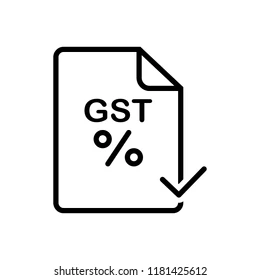
5% GST Benefits for Eligible SEZ and Edu

Technical Support Available

1-Year Manufacturer Warranty



